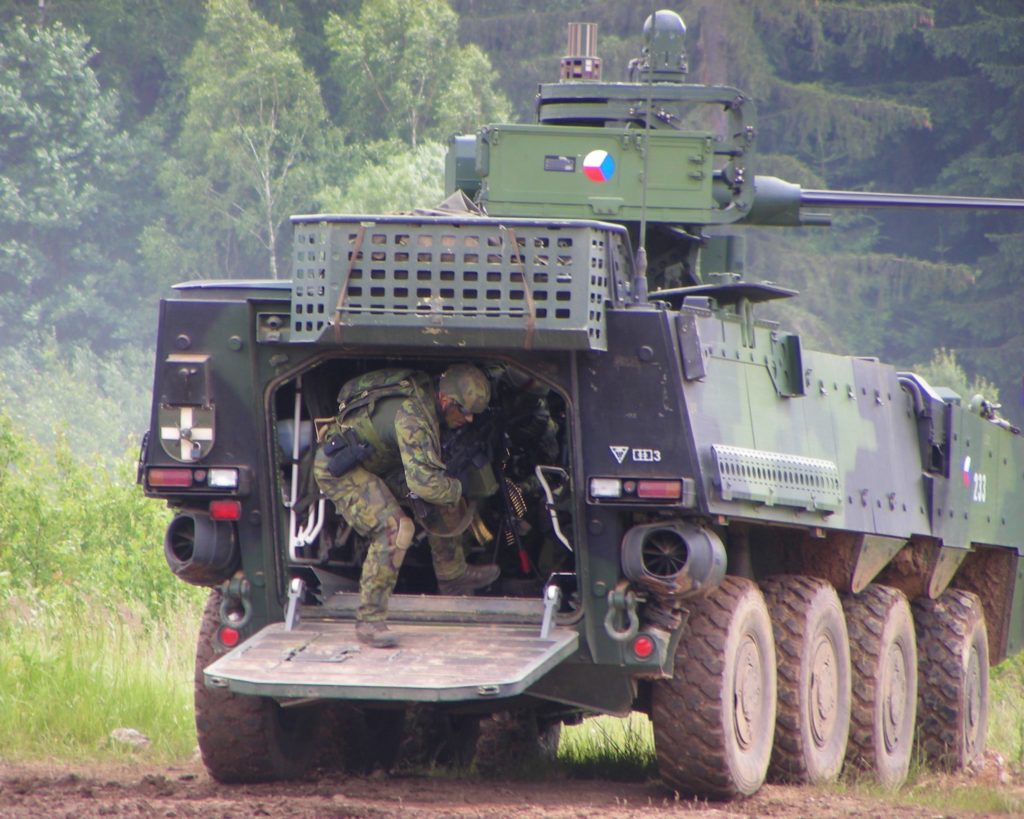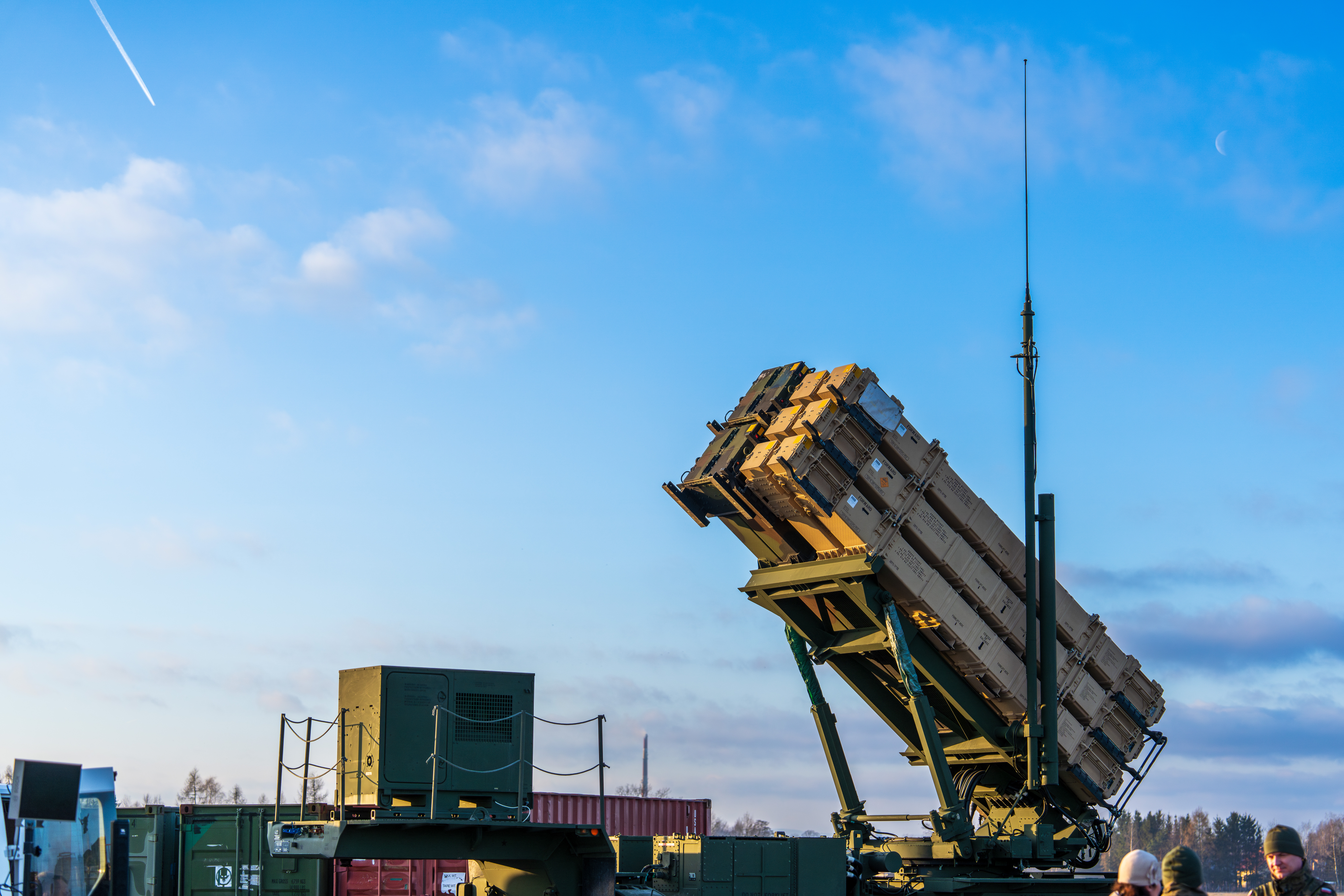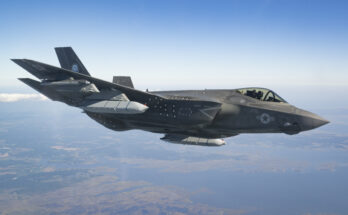
The Czech government spent over 2.0 percent of GDP on defense in 2024, the country’s Ministry of Defense announced on January 6, bringing the country’s budget into line with the spending requirements of the NATO military alliance and a national law passed in 2023. “At this point, we can confidently say, and we don’t have to worry about the methodology examination going wrong, the Czech Republic has met its Alliance commitment. Defense spending in 2024 exceeded 2 percent of GDP,” Finance Minister Zbynek Stanjura said at a press conference after the data was published.
Breaking down the numbers for last year’s budget, the Czech Ministry of Defense said that CZK177.1 billion ($7.25 billion) was allocated towards defense matters in 2024, with CZK166.8 billion (2.09 percent of GDP) ultimately being spent. While the Ministry of Defense’s share takes up the bulk of that combined figure, its budget for 2024 was CZK164.3 billion, and it only spent CZK159 billion, leaving the remainder to be transferred into the 2025 budget and future capital expenditures. NATO’s accounting standards will include non-MoD sources, but, taken against this lower figure, the Czech government estimates it spent 1.99 percent of GDP on defense last year.
Like other NATO states, the Czech Republic began spending much more heavily on defense after warfare kicked off in Ukraine in 2022, more than doubling its defense budget in nominal terms from 2021 to the present. Prior to Russia’s invasion, the Czech government spent under 1.4 percent of GDP on defense, on a slow-building pace to 2 percent. The war, however, kicked things into high gear. In April 2023, the Czech parliament approved legislation setting 2 percent of GDP as a minimum for defense spending, starting with the 2024 budget.
Alongside the defense spending growth, the government has also signed for some major procurement deals, with the crown jewel being last January’s $6.6 billion contract for 24 F-35 fighter jets. The Air Force will also receive a new pair of C-390 military transport aircraft following a contract signed in October. The Army is receiving 246 CV90 infantry fighting vehicles under a 2023 contract with BAE Systems worth $2.2 billion, and this past June the government followed that up with approval to proceed on a plan to procure as many as 77 Leopard 2A8 main battle tanks.
But pressure is starting to build up on the country’s finances. Economic growth saw a brief reopening spike after the COVID-19 pandemic, but slowed to a trickle after Russia invaded Ukraine in early 2022. The International Monetary Fund estimates that GDP slightly contracted in 2023, and only grew about 1 percent in 2024. Other non-defense sectors of the budget are already undergoing unpopular austerity measures in an effort to tackle the economic headwinds.
There are already some signs of strain in the defense budget. In mid-December, Czech media reported about an internal dispute between the Ministry of Defense’s leadership and that of the Army, centering on the Leopard tank program, for which a contract has yet to be signed. According to the report, the Chief of the General Staff, Lieutenant General Karel Řehka, sent a letter to the Ministry of Defense in November requesting that the Leopard acquisition be halted, due to a lack of funding for the purchase. The Leopard project does not appear to have been suspended, but may instead be scaled-back to fewer units or a lengthier implementation timeframe as the government juggles its modernization priorities.
Even if it does not cut the defense budget, the Czech government could instead move to rein in growth. But that goalpost of 2 percent, set a decade ago, is now starting to move, in reaction to the fact that Russia has now put its economy on a war-footing to support its Ukraine campaign. In a speech in December, new NATO Secretary-General Mark Rutte highlighted that, to deter the Soviet Union, European defense outlays during the Cold War were over 3 percent of GDP. “I can tell you, we are going to need a lot more than 2 percent,” Rutte added.
Incoming U.S. President Donald Trump agrees. Since winning re-election in November, Trump has doubled-down on his criticism of European defense spending, pushing for the continent to devote much more to their militaries and shoulder more of the Alliance’s security responsibilities. “They can all afford it, but they should be at 5 percent, not 2 percent,” he told media this week. Privately, he has reportedly conveyed to European leaders that he would accept 3.5 percent of GDP as NATO’s new target for defense spending.
For the Czech Republic, even that lower threshold would require the annual defense budget to rise to at least CZK280 billion — far above any of its near-term projections. On Wednesday, Czech Prime Minister Peter Fiala told the press that reaching 3 percent of GDP would be doable in time. “It is realistic to talk about three percent in several years. Let’s look for the correct level… we are open to a debate,” Fiala was quoted as saying.
Military markets analyst, covering Eurasia, Middle East, and Africa.




